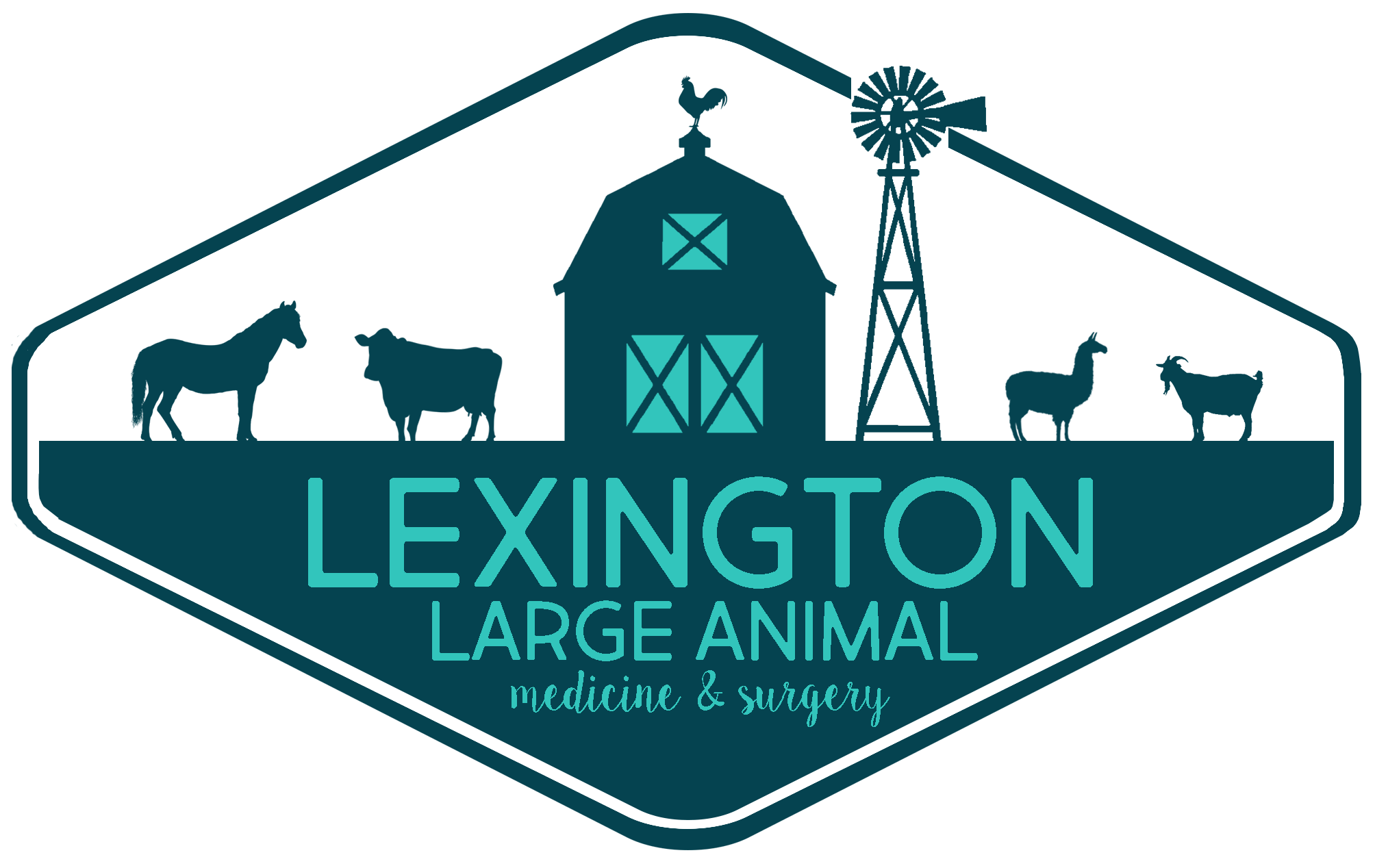Library
-
Quittor is an old term for a condition that involves death and destruction (necrosis) of the collateral cartilages of the foot (see our information sheet on sidebones), following an infection in the foot (see our information sheet on pus in the foot).
-
RAO (previously called chronic obstructive pulmonary disease or COPD) is a relatively common cause of coughing and nasal discharge in stabled horses. In long-standing cases the horse may have difficulty in breathing and its chest and abdomen can be easily seen to move, hence the even older name 'heaves'.
-
Reproductive disease in ferrets is rare today, as most pet ferrets are spayed or neutered at a young age. One disease that is still occasionally seen in pet ferrets occurs in females that are not spayed. This is called hyperestrogenemia and is a result of persistently high blood levels of estrogen in unspayed females that are not bred or fails to ovulate.
-
Respiratory disease in ferrets is common. Several infectious/contagious conditions like distemper and influenza can be life threatening for ferrets. Like dogs and cats, ferrets can develop heartworm disease, even indoors. Lymphoma, a cancerous condition of lymph organs can cause disease in the chest cavity.
-
This is one of the conditions that affect young foals during their first few days of life. It is potentially life-threatening. Some cases occur when the full urinary bladder wall tears in response to high pressure during delivery whereas others result from incomplete development (closure) of the bladder wall leaving a hole in the wall.
-
Sidebones are a name for a condition that results in ossification of the collateral cartilages of the foot, i.e., the cartilages transform into much harder and less flexible bone.
-
Ferrets commonly develop skin diseases, including infections with parasites (fleas, mites, ticks), bacteria, viruses (distemper), and fungus (ringworm). They are also subject to both benign and malignant tumors, including mast cell tumors. Adrenal tumors also cause hair loss and itchy skin in ferrets. All skin problems should be brought to the attention of your veterinarian, who will recommend the most appropriate treatment for the specific problem.
-
'Spavin' is a common condition in ponies and horses of all ages. There are two forms of spavin; bone spavin and bog spavin. Both affect the hock.
-
Sugar gliders have become popular pets over the last decade. There are several well-known diseases or conditions that owners of sugar gliders should be aware of. Tooth decay from tartar build-up can lead to tooth root abscesses. Improper diets can lead to low blood calcium, obesity, and tooth decay. Intestinal problems may be caused by an improper diet, a bacterial infection, or a flagellated protozoal infection. It is essential to consult a veterinarian familiar with sugar gliders to select a proper diet and keep your sugar glider healthy.
-
This is a common condition, invariably associated with exercise, that most frequently causes hindlimb stiffness, but can affect any of the muscles of the skeleton. Other medical terminologies include 'acute myopathy' and 'rhabdomyolysis'.

